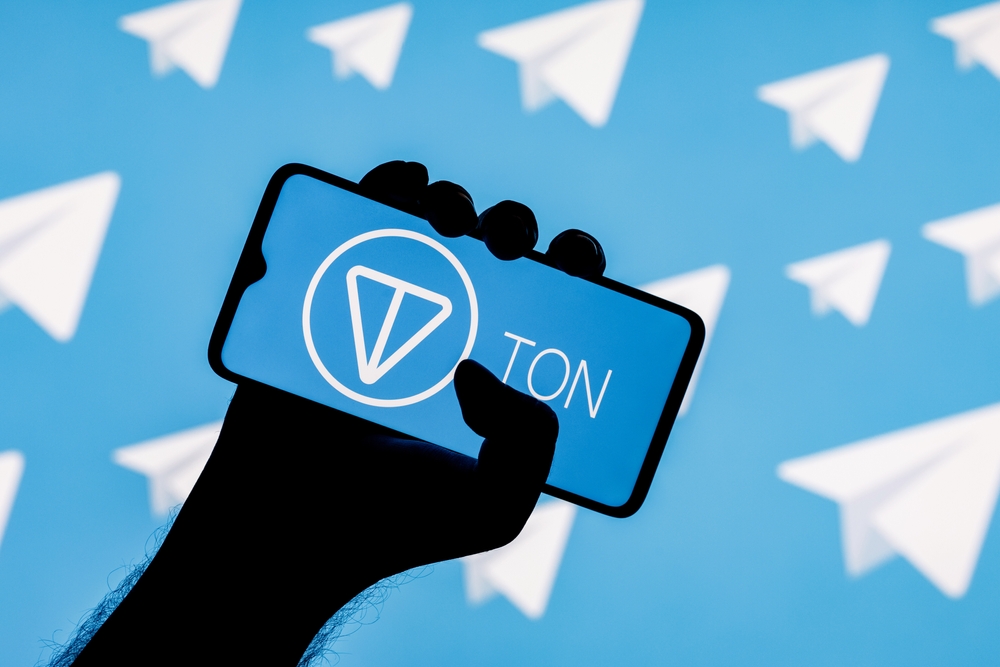In 2018, popular messaging app Telegram announced a white paper for Telegram Open Network (TON), a layer-1 blockchain. The project’s native token, known as “Gram,” was intended to settle payments and pay gas fees on the blockchain.
The Telegram Open Network announcement hit the headlines, breaking several records, like raising over $1.8 billion in an initial coin offering. However, in 2020, Telegram was forced to abandon the crypto project. What exactly happened?
Troubles With Regulators
TON is the brainchild of brothers Pavel Durov and Nikolai Durov. It adopts the proof-of-stake consensus mechanism to validate transactions. Moreover, it uses a technology called sharding to solve scaling problems experienced on blockchains like Bitcoin.
The Durovs’ vision for TON was to offer a wide range of decentralized services, such as decentralized storage, a privacy network, quick transaction processing, instant payments, and a domain name system. The two brothers, who were building the project with an engineering team from Telegram, had almost completed creating TON when the United States Securities and Exchange Commission (SEC) came into the picture.
Although Telegram had informed other US regulators of its issuance of the Gram token, the SEC deemed the offering of the crypto asset as an unlicensed selling of securities. The messaging platform attempted to challenge the SEC’s ruling in mid-2020, but after a few months, the Durov brothers announced Telegram’s exit from the project and started refunding investors. It was at that moment when a section of TON community members stepped in and took over the project.
Since TON’s code has been open source from the start, thus allowing any developer to become a contributor to its development, it was easy for two developers, Kirill Emeliamenko and Anatoliy Makosov, to pick up where the Durov brothers and the Telegram engineering team left off. The pair launched TON within a few months of taking over.
The Telegram Open Network was renamed to The Open Network, thus retaining the TON moniker.
How TON Works
Instead of Gram, TON adopts Toncoin as its native token. It facilitates transactions on the blockchain. The Open Network offers a wallet that makes zero-fee crypto transfers between Telegram users possible. Additionally, TON provides a way for Telegram users to interact with Mini apps on the platform.
Other services that the layer-1 blockchain offers include TON Storage, a naming system, and TON Proxy. Users interested in these services use Toncoin to pay for them.
TON still employs sharding to enhance scalability. The network has been processing over 50,000 transactions per second since 2021.
Toncoin’s Tokenomics
Toncoin’s token supply is capped at 5 billion. As of this writing, data from CoinGecko shows that 2.23 billion Toncoins are already in circulation. The TON Foundation has implemented a yearly inflation rate of about 0.5%. Note that validators are rewarded with Toncoins for securing the network.
Although Toncoin is mostly used to pay for TON services, holders can also use it to participate in the voting process via TON’s decentralized autonomous organization. The power of your vote depends on the number of Toncoins you hold.
Toncoin’s Price Prediction
With a market cap of $4.9 billion, Toncoin trades at $2.33 as of this writing. The token is up 42% this year. Some crypto analysts expect Toncoin to reach $10 by 2025, citing developer interest in building on TON, which could increase the use cases of the token, thus boosting its value.
Roadmap
The latest TON Developer Report shows increased developer activity. Per the report, development activity has surged 103% this year. In July, the number of Web3 developers building on TON rose to 9,139 from 8,583 in April. TON Foundation promises to continue building the TON ecosystem to attract more developers.
A number of projects have already migrated to TON this year. For example, blockchain game Tap Fantasy switched from Binance Chain in late August.
Final Thoughts
TON Foundation’s commitment to enhancing the project’s ecosystem is likely to attract more Web3 developers in the future. Increased developer activity could boost Toncoin’s price. However, before investing in this token, do your homework first.
